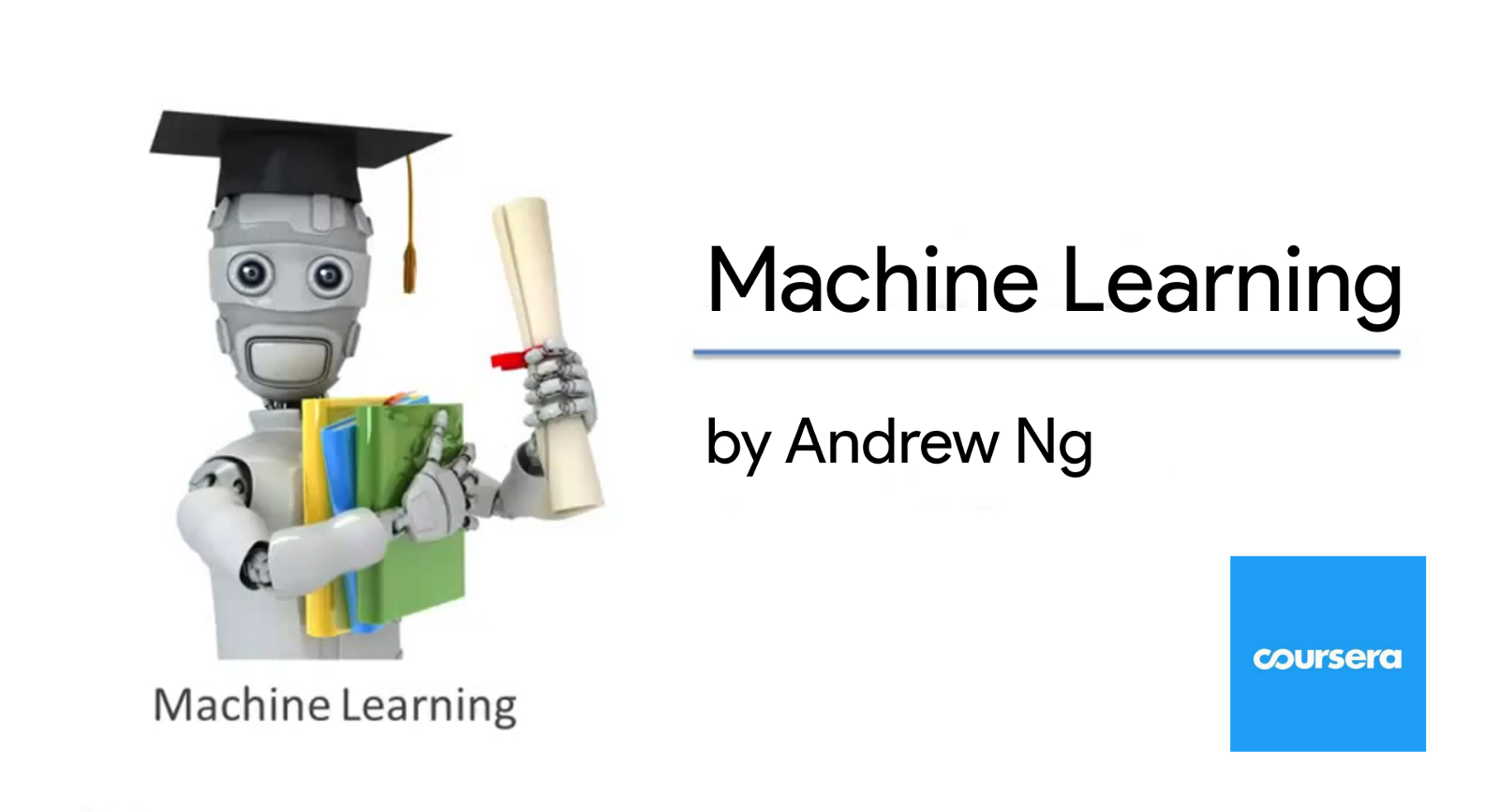
Notes for Week 1
2016, May 05
这篇文章是我对Coursera上的课程Machine Learning 的总结,第一周的内容。该课程由著名的机器学习专家Andrew Ng授课,是非常适合入门机器学习的课程。
Notes for Week 1
@(读书笔记)[Machine Learning]
Supervised Learning
- “right answers” given. 测试集中,每一个自变量都对应了其结果,例如在房价预测(Housing price prediction)中,自变量房屋面积,和结果价格都已经给出了。
- Regression: Predict continuous valued output(price). 如果预测的结果是一个实数,或者连续的数据,这种有监督的学习被称为回归分析。
- Classification: Predict discrete valued output(0 or 1). 如果预测的结果是离散的数字,这种有监督的学习被称为分类。
- Support Vector Machine. 让机器学习可以处理无穷多特征的算法。
Unsupervised Learning
- “right answers” not given. 测试集中的数据都是没有被打上标签的。
- Clustering. 无监督学习通常都是聚类分析。
Linear Regression with One Variable
- Hypothesis. 在单变量的linear regression中,我们用直线代表hypothesis:
[h_{\theta}(x) = \theta_0 + \theta_1x]
- Cost function:
[J(\theta_0, \theta_1) = \frac{1}{2m}\sum_{i=1}^m(h_{\theta}(x^{(i)}) - y^{(i)})^2]
- 找出使$ J(\theta_0, \theta_1) $最小化的$ \theta_0, \theta_1 $就表示找到了最合适的Hypothesis,同时意味着建立了最佳model。为了找出使$ J(\theta_0, \theta_1) $最小化的$ \theta_0, \theta_1 $,我们将使用一种叫做Gradient descent的算法,如下。
- Gradient descent:
- 已知误差函数 $ J(\theta_0, \theta_1) $
- 求 $ \min\limits_{\theta_0, \theta_1}J(\theta_0, \theta_1) $
- Outline:
- 随机初始化一对 $ \theta_0, \theta_1 $
- 不断地改变 $ \theta_0, \theta_1 $ 以使得 $ J(\theta_0, \theta_1) $ 的值不断减小,直到找到其最小值
- Gradient descent algorithm: 重复以下过程直至收敛
[\theta_j := \theta_j - \alpha\frac{\partial}{\partial\theta_j}J(\theta_0, \theta_1) \space\space\space\space\space (\mathrm{for} \space j=0 \space \mathrm{and} \space j=1)]
- 注意:
- 上述过程的正确打开方式是:(又叫做“同步更新”)
- 错误打开方式是:($ \theta_1 $更新时$ \theta_0 $已经先于它更新了,故不正确)
Linear Algebra
将矩阵运算巧妙地运用在了model比较上,这一章复习了线性代数的基本内容,比较简单。